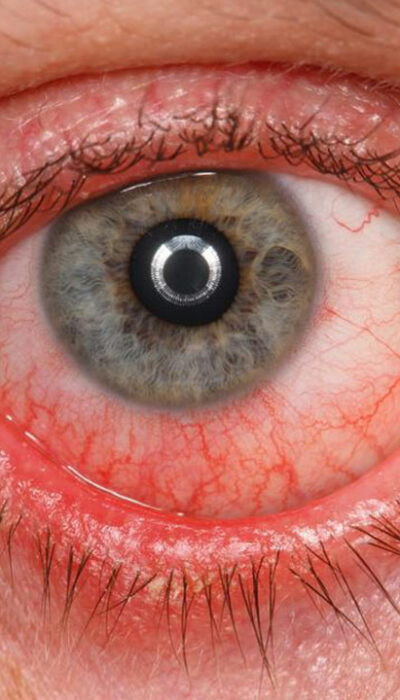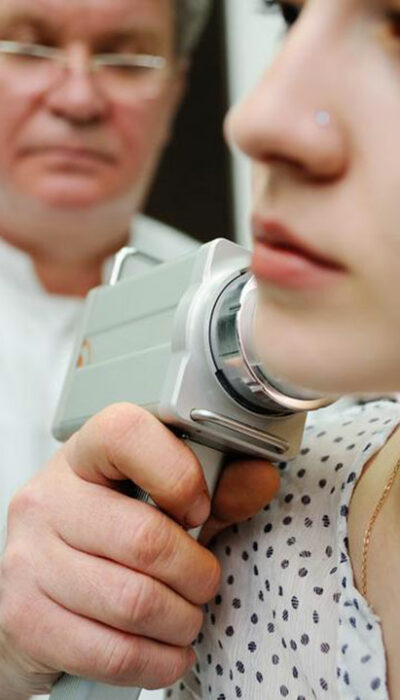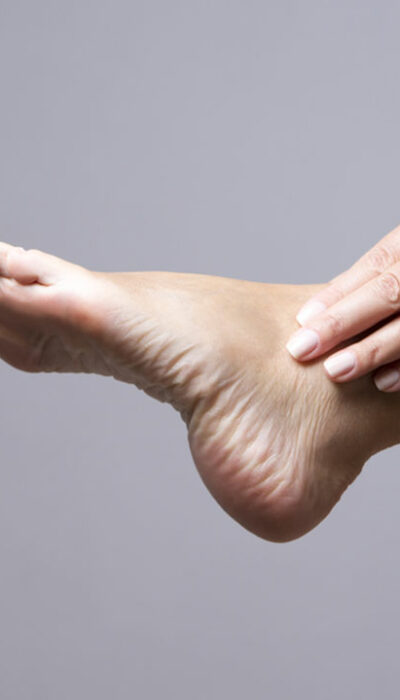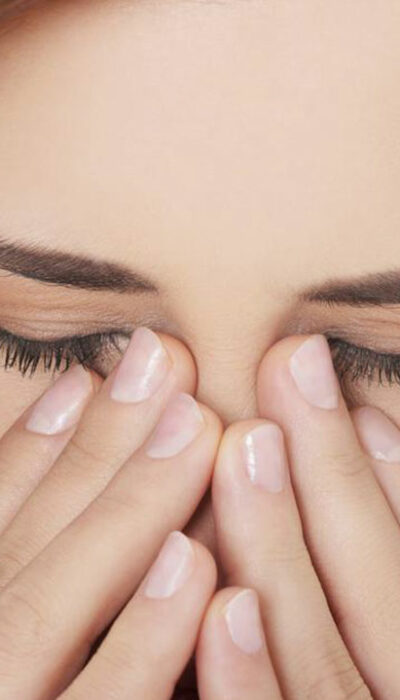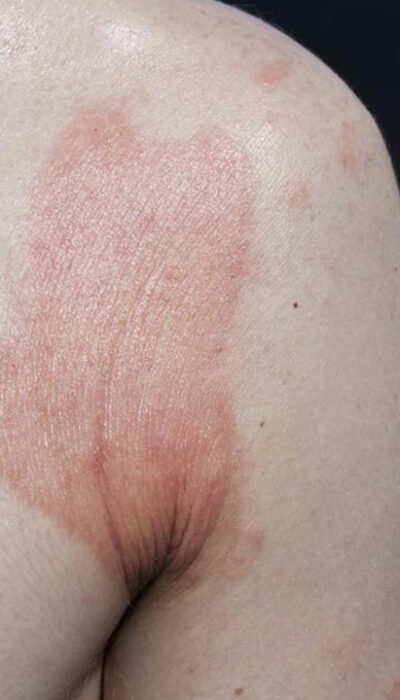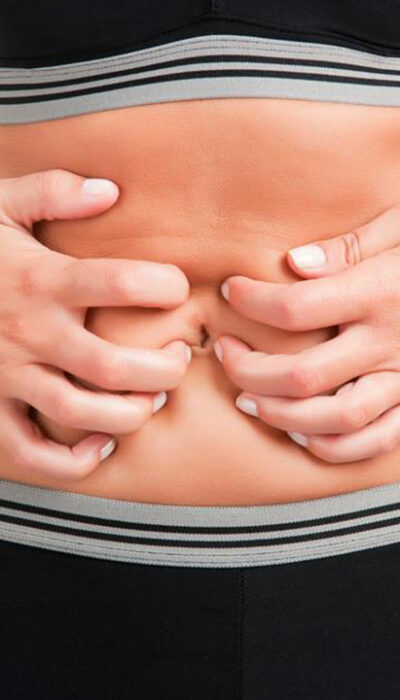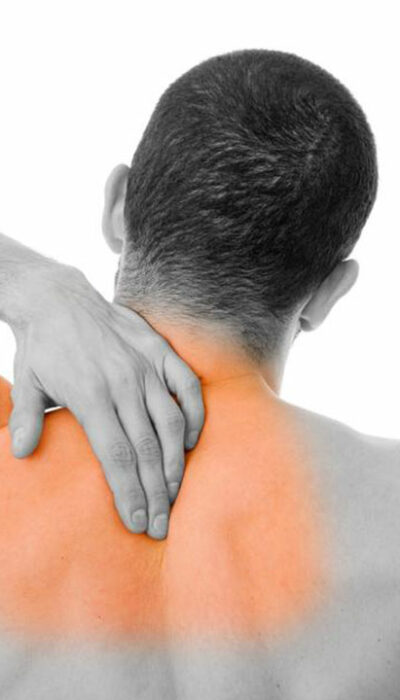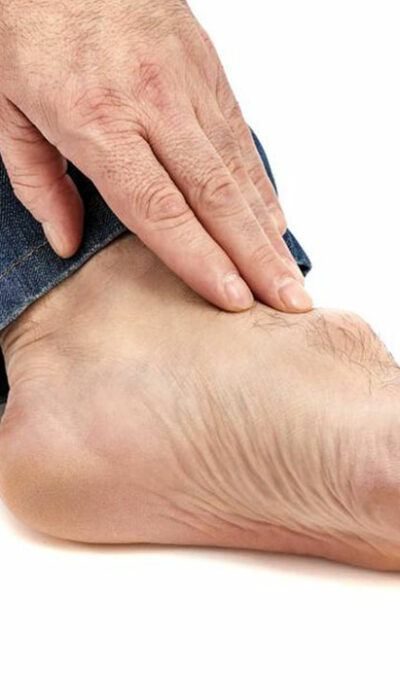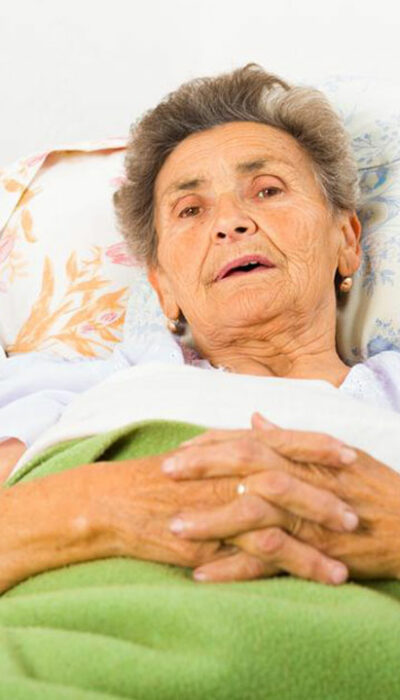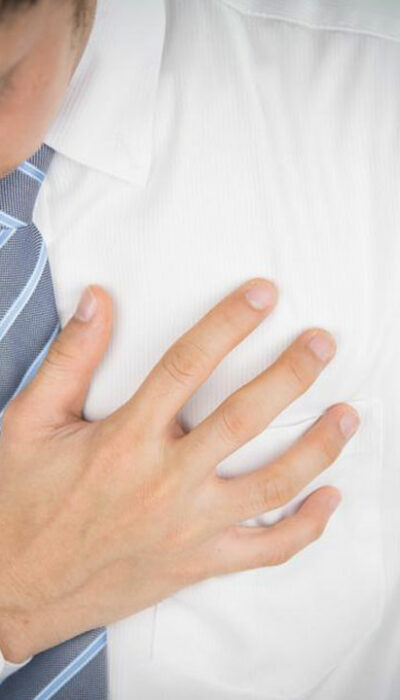
Male Breast Cancer – Symptoms, Causes And Treatments
Over the past three decades, the chances of occurrence of male breast cancer have increased significantly. There are studies which show that the male breast cancer can occur in men between the ages of 5 to 93. If it diagnosed in the early stages, the chances of survival are 100%. The survival rate is 72-9% for the mid-stage male breast cancer. However, if male breast cancer isn’t diagnosed the chances of survival at the advanced cancer stages are reduced to 20%. It is advised to understand the causes, symptoms and diagnosis and proper treatment for the male breast cancer. Symptoms of Male breast cancer: If you find some changes in the breast you must not ignore them and consult your doctor. Some of the symptoms of breast cancer are nipple pain, inversion of nipples known as nipple retraction, feeling of a lump in the breast, blood or fluid discharge from the nipples, skin dimpling, sores in the nipples, redness of breast skin, enlarged lymph nodes, and formation of a coloured ring at the centre of the nipple. The lump could be painless initially, however, the consequences can worsen. The lymph nodes spread to the underarm, collarbone and can result in the formation of breast tissue. If you notice the above symptoms you must contact the doctors quickly. The above symptoms of male breast cancer can worsen over time. Cancer may spread to different parts of the body such as liver and lungs. You may feel shortness of breath, pain in bones and joints. Jaundice along with itching skin is also common among with men affected by male breast cancer. People with cancer exhaust quickly and feel tired all throughout the day. Causes of Male breast cancer: The cancerous cells arise due to a number of risk factors. Some of them are:
